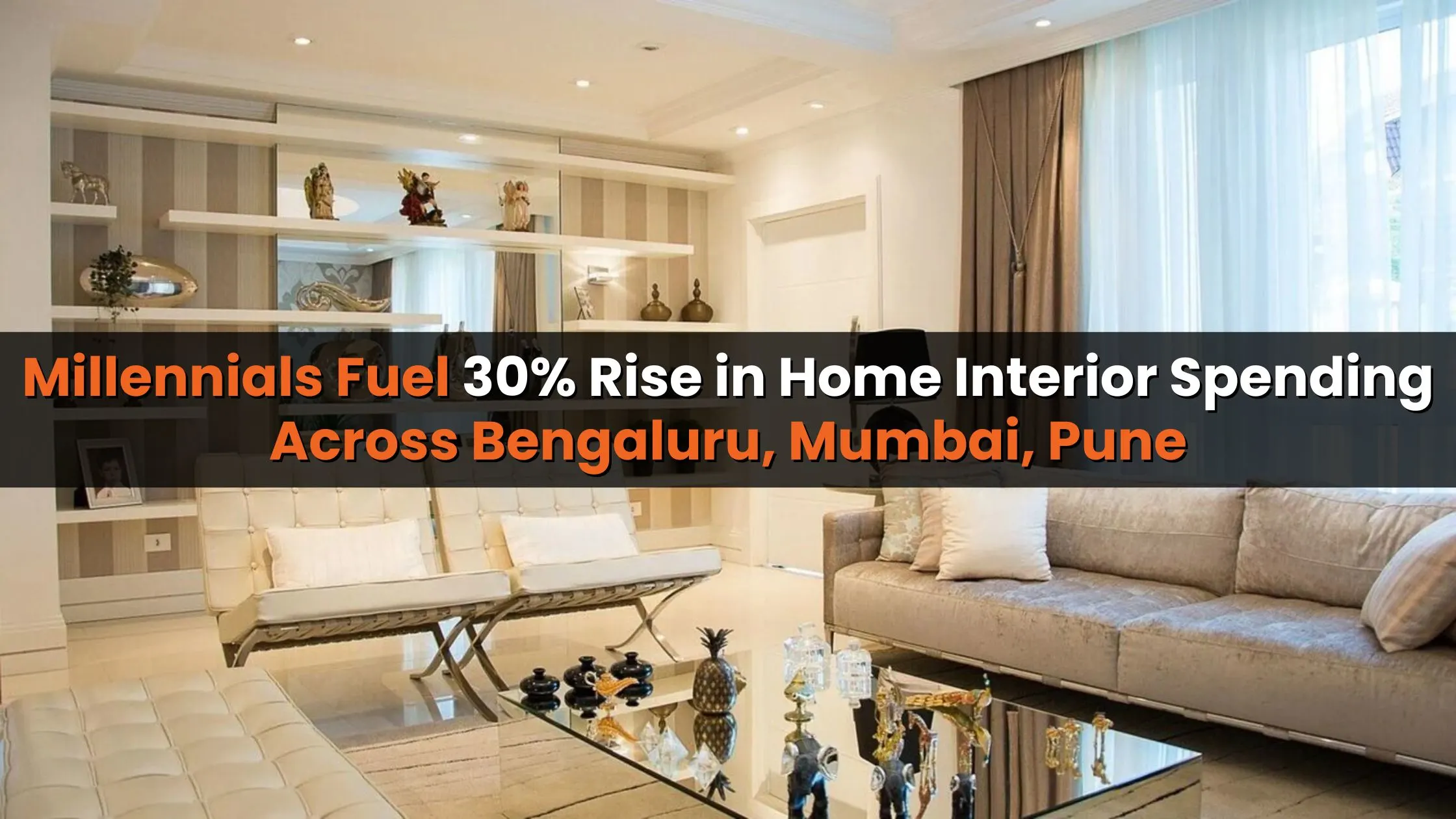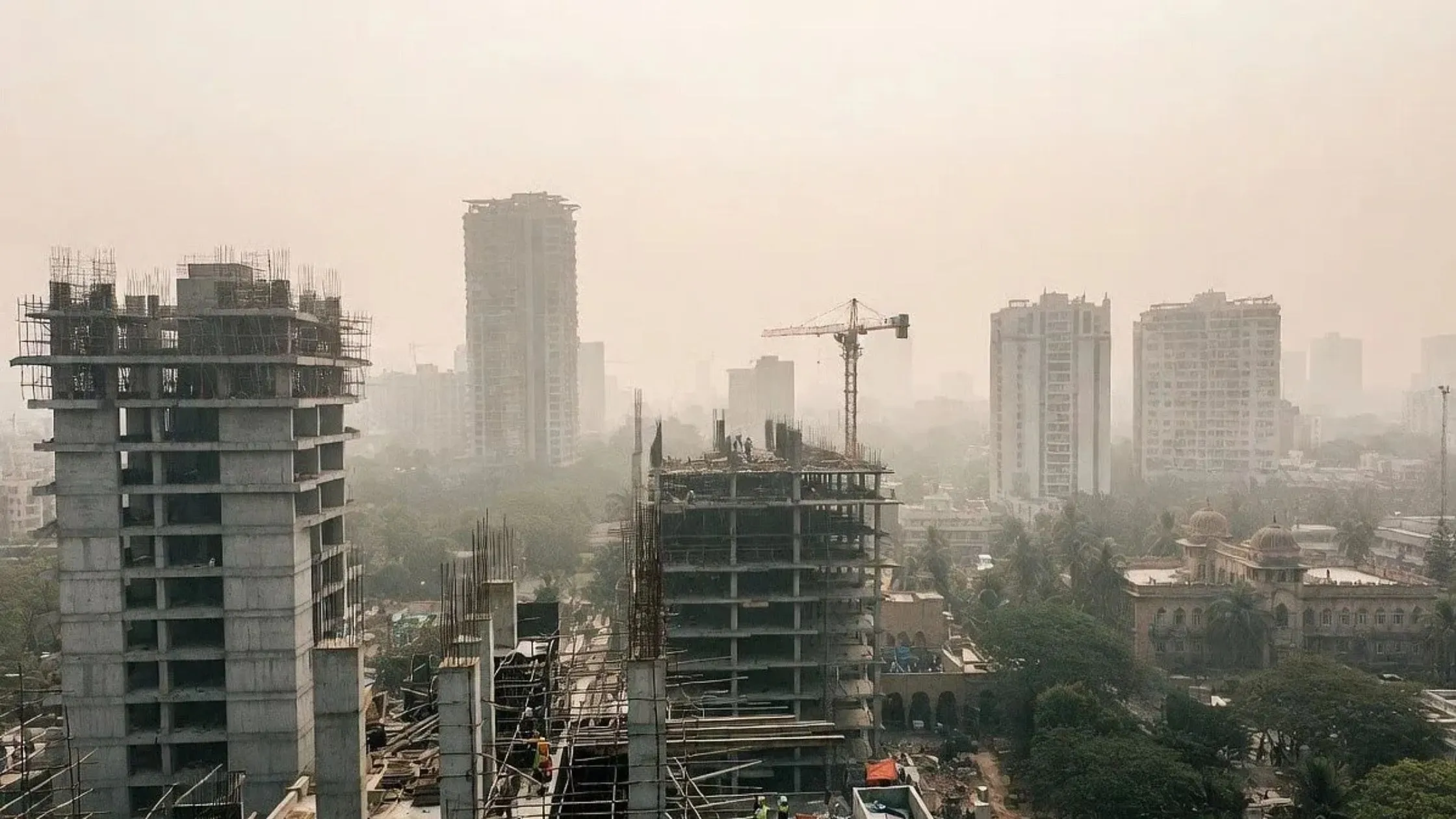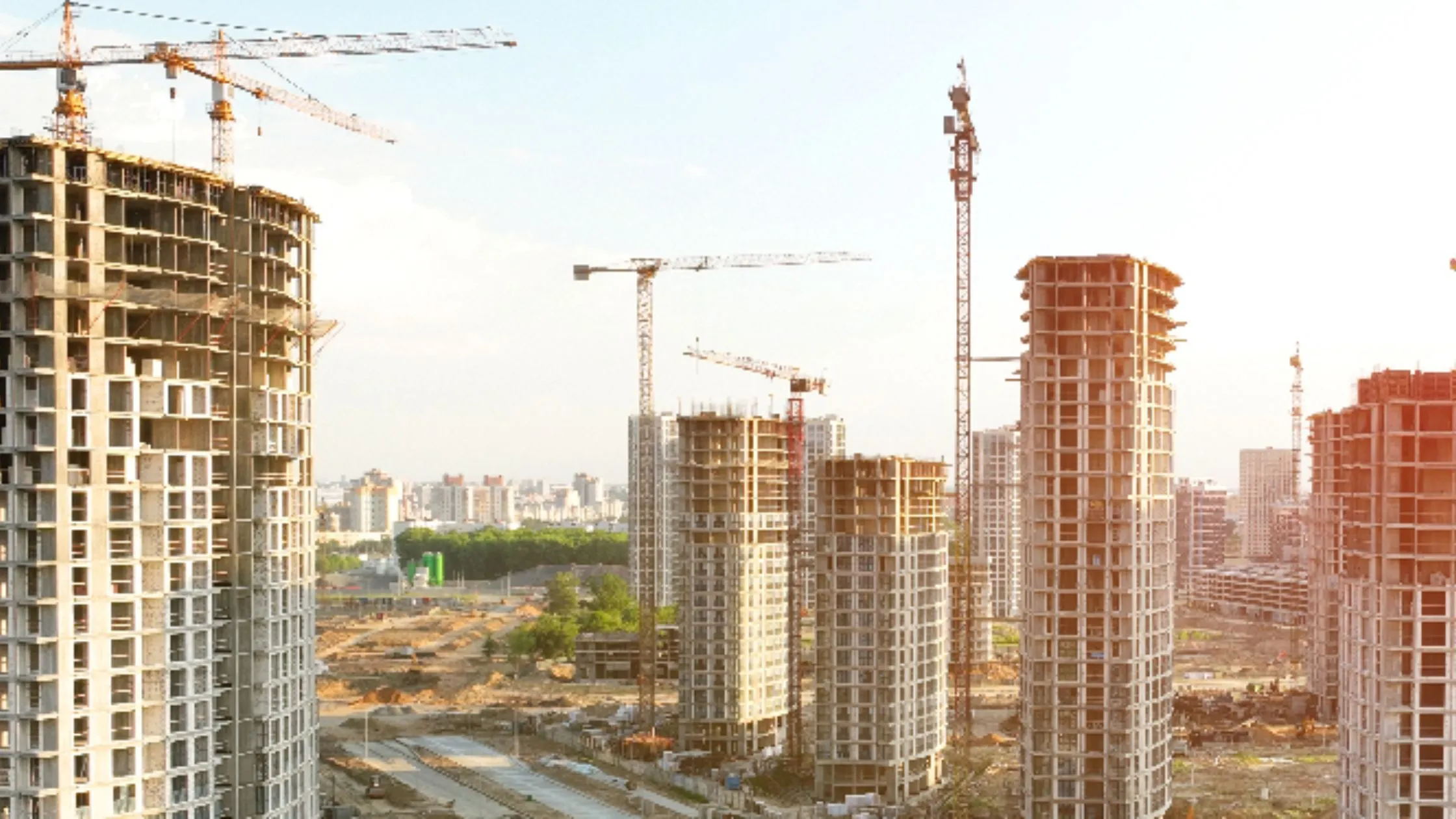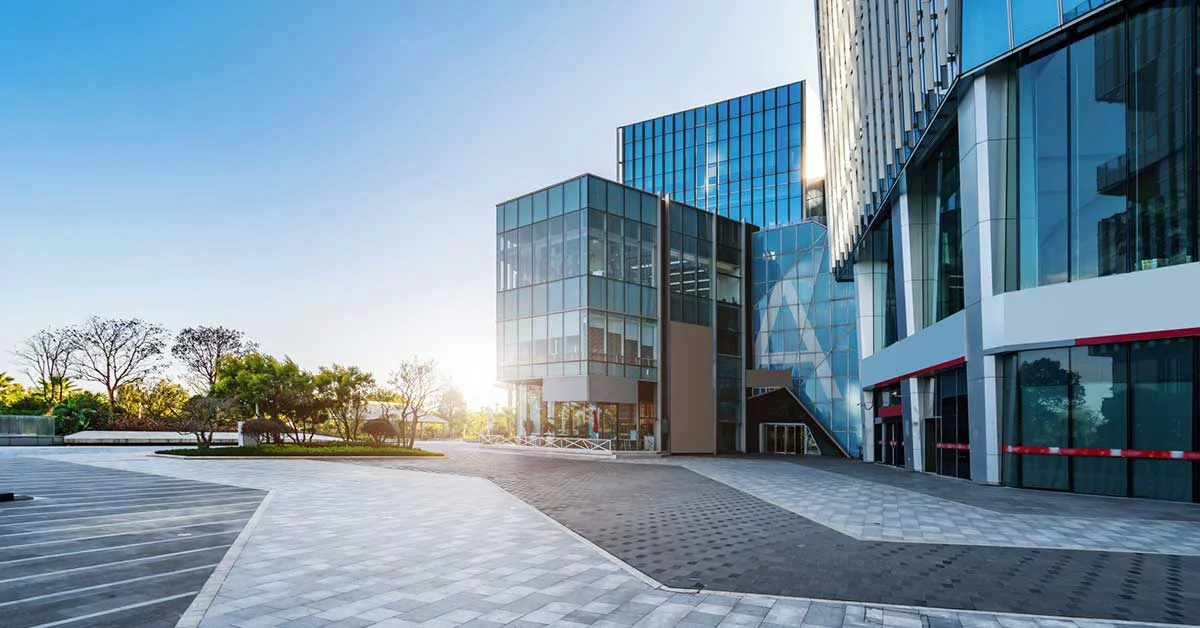Table of Content
Bengaluru, Mumbai, Pune, Sep 2025 India’s interior design industry is witnessing a remarkable shift, led primarily by millennial homebuyers who are reshaping spending patterns and lifestyle priorities. Fresh data from NoBroker reveals that home interior spending across Bengaluru, Mumbai, and Pune has jumped by nearly 30% year-on-year (YoY), driven by rising incomes, shrinking home sizes, and evolving lifestyle aspirations.
The surge indicates not just a financial trend but also a cultural shift, where younger buyers view their homes as an extension of identity and lifestyle, prioritizing comfort, functionality, and aesthetics more than ever before.
Bengaluru, Pune, and Mumbai Lead the Surge
City-level data paints a detailed picture of the rising spend:
- Bengaluru: The tech capital registered the sharpest jump, with spending on 2BHK and 3BHK interiors increasing by 25% YoY in June 2025. Even 1BHK units saw a 12% increase, highlighting a consistent rise across categories.
- Pune: The cultural and educational hub recorded the highest increase in 3BHK spending at 30%, along with a 15% rise in 2BHK and 6% in 1BHK homes.
- Mumbai: India’s most expensive housing market led in 1BHK spending, showing a 15% YoY jump, while 2BHK interiors rose 10% and 3BHKs went up by 9%.
The average spends also underline the city-level differences:
- Mumbai: ₹6.3 lakh (1BHK), ₹8.9 lakh (2BHK), ₹13.4 lakh (3BHK)
- Bengaluru: ₹4.2 lakh (1BHK), ₹7.6 lakh (2BHK), ₹10.5 lakh (3BHK)
- Pune: ₹4.8 lakh (1BHK), ₹7.2 lakh (2BHK), ₹11 lakh (3BHK)
Clearly, Bengaluru is driving growth in larger homes, while Mumbai continues to dominate compact living spaces, reflecting the constraints and aspirations unique to each market.
Also Read: UP CM Yogi Adityanath Seeks New Law to Replace 1860 Societies Registration Act
Shrinking Homes, Bigger Budgets
One of the biggest drivers of the surge is the shrinking size of apartments in new launches. With developers reducing carpet areas to keep homes “affordable” in high-demand markets, buyers are focusing more on designs that maximize functionality.
Instead of buying bulky, traditional furniture designed to last decades, homeowners are choosing modular, space-saving solutions that allow flexibility and adaptability.
“People are spending more on maximizing the utility of smaller spaces rather than on furniture that lasts a lifetime,” industry experts pointed out. They added that social media platforms and e-commerce marketplaces have significantly influenced design preferences by giving buyers access to global trends and premium finishes.
This shift has led to the rise of the “flexi home” a modern setup where a single room can serve multiple purposes, from a home office to a guest room, depending on the need.
Why Millennials Are Driving the Trend
Millennials, particularly those in the 30–40 age group, account for the bulk of new spending in the interiors market. NoBroker data shows that more than half of today’s heavy spenders belong to this demographic, and the reasons are both economic and lifestyle-driven:
- Rising Disposable Incomes: With salaries climbing steadily in metro cities, millennials enjoy higher purchasing power.
- Fewer Family Expenses: Many in this group have no children or just one young child, allowing more freedom to spend on lifestyle upgrades.
- Nuclear Families: With smaller households, budgets are easier to allocate toward personal comfort and style.
- Lifestyle Aspirations: Unlike earlier generations, millennials want their homes to reflect their personality, not just serve as a living space.
“Unlike older generations who prioritized durability and long-term use, millennials are opting for modern finishes, flexible layouts, and stylish yet functional interiors,” said Amit Agarwal, CEO and co-founder of NoBroker.
This demographic is also heavily influenced by global exposure, digital platforms, and the desire to personalize spaces, making interiors as much about self-expression as about comfort.
Interiors Nearly Twice as Expensive in Five Years
Another striking factor is the sharp rise in costs of furnishing homes over the past five years.
- 1BHK: Earlier ₹2–4 lakh → Now ₹3–6 lakh
- 2BHK: Earlier ₹3–8 lakh → Now ₹5–12 lakh
- 3BHK: Earlier ₹4–10 lakh → Now ₹6–15 lakh
This means the cost of interiors has nearly doubled in just half a decade. However, many homeowners see this as a manageable investment compared to rising property prices, which have skyrocketed far more steeply. For many, spending on interiors is a way to achieve a visible lifestyle upgrade without the financial burden of upsizing to a bigger home.
Also Read: Karnataka Doubles Registration Fees for Certain Properties, New Rates Effective from August 31
Organized Players Simplifying the Market
The growth of organized interior service providers has played a crucial role in this transformation. Companies like Livspace, HomeLane, Design Cafe, Pepperfry, and NoBroker Interiors now offer end-to-end, tech-driven design solutions, streamlining the process and reducing dependency on multiple local vendors.
These firms provide:
- Digital visualization tools for design previews
- Package-based pricing to control budgets
- Faster delivery timelines
- Professional project management
By making premium services more accessible to middle-class buyers, these companies have democratized interior design, fueling the sector’s growth further.
Conclusion
The 30% surge in interior spending across Bengaluru, Mumbai, and Pune is more than just a statistic it reflects a generational and cultural shift in how Indians perceive their homes. Millennials are leading this change, focusing on functionality, design, and self-expression, while adapting to the reality of shrinking apartment sizes and rising real estate costs.
With interior costs doubling in the last five years and organized players simplifying access to services, India’s urban interior design market is poised for sustained growth. This trend highlights that for millennials, a home is not just a place to live it is a canvas for lifestyle, personality, and aspiration.
Read Also This |
|---|
| Ashiana Housing Acquires 23 Acres of Land in Chennai, Eyes ₹1,200 Crore Revenue |
| Manesar Municipal Body to Levy Cleaning Fees on Owners of Vacant Plots |




_1766473246.webp)


Ans 1. Home interior spending has jumped by 30% due to rising incomes, shrinking home sizes, lifestyle aspirations, and millennials prioritizing comfort and design.
Ans 2. Bengaluru led the surge with a 25% YoY rise in 2BHK and 3BHK interiors, while Pune saw the highest 30% jump in 3BHK homes, and Mumbai dominated 1BHK spending.
Ans 3. On average, furnishing costs are ₹3–6 lakh for 1BHK, ₹5–12 lakh for 2BHK, and ₹6–15 lakh for 3BHK, nearly double compared to five years ago.
Ans 4. Millennials have higher disposable incomes, smaller households, and a desire for modern, flexible, and stylish homes that reflect their lifestyle and personality.
Ans 5. Firms like Livspace, HomeLane, and NoBroker Interiors offer digital design tools, package pricing, faster delivery, and project management, making interiors more accessible.
Ans 6. A flexi home allows spaces to serve multiple purposes like a room functioning as a home office and guest room helping maximize utility in shrinking apartments.